The Texas Historical Commission is currently doing a cemetery inventory project. No, shovels are not involved at this time; what they want to do is clean up their database. On the THC website, there is an atlas that you can access to find information by county. I believe this is a good thing. It shows the names and locations of each county’s known or registered cemeteries. Once the project is done, it will be even better for the genealogy crew.
I wish someone would clean up Ancestry.com. I’ve spent many hours on the site only to sift through entries in which a West end Wanda from Missouri swears that her grandfather, also from Missouri, lived in Beaumont in 1910. The problem is he never set foot in Texas. Of course, my subject lived in Beaumont and could be verified in the census, but they had the same name. However, in true Wanda fashion, it didn’t matter—“that was him.” I guess the moral of this story is: don’t ever let an ex-wife of a cousin be the family historian.
Maybe one day I will do more research on my family. I’ve already discovered a few things and covered some of them, such as the tragedy of the Tugboat Chief. Thinking back, I also have a descendent who died in 1910 but was in the 1920 census. I guess we have vampires in the closet. Maybe this is why some of my family members hate garlic.
Saturday, I visited Sabine Pass Cemetery and ole Kate Dorman. Last week, I said that if there were a Princess Leia in SETX, it would be Sibbie Van Wormer. Well, if there were a General Leia Organa, it would be Kate Dorman. She was a firecracker. Kate took things into her own hands and dealt with obstacles on the fly. She once threatened a small Union Army invading force out to attack the rebel force’s stables and barracks. The invaders had a howitzer but needed a way to move it, so they commandeered Kate’s horse and cart. She told them she hoped the Confederate boys would kill every last one of them before they got back and, if she had 25 men, she could do it herself. I will link to W.T. Block’s article at the bottom of the blog. I have also attached a few videos of a reenactment portraying this event. One thing to note is that Mr. Dorman was also there, and after the federal troops were finished, they returned both horse and cart. Of course, Mr. Dorman was told that if he didn’t keep his wife’s mouth shut, they would hang him. I’m sure there were war crimes on both sides, but no one wanted to have the hanging of a 4-foot plus change firecracker on their books.
I will always admire one thing about Kate for another story from the same time. In July of 1862, the yellow fever epidemic hit Sabine as a result of a vessel that ran the blockade put in place by the Federals. At least one thousand people deserted the area, afraid of what was known as the “Yellow Jack”. The fever killed a hundred people in Sabine and Beaumont combined, forty of whom were Confederate soldiers. With her tenants at the Catfish Hotel fleeing and nearly everyone else in Sabine escaping the dreaded disease, Kate stood strong. With no regard for her health, Kate, along with her two friends, Sarah Vosburg and Sarah Ann King, turned the hotel into a makeshift hospital to care for the sick and the dying. All three ladies should be given respect for this. Kate is buried in Sabine Pass. Sarah Ann King was buried in the Sparks Cemetery (where the Dupont refinery is today) but was moved with the rest of the 30 people at that cemetery to Forest Lawn in Beaumont. I haven’t found Sarah Vosburg. It seems she disappeared from the area. According to W.T. Block’s article, she was the key to detecting yellow fever because she had had it while living in New Orleans. Each year since 2013, I’ve placed a bow on the historical marker of Kate Dorman’s grave. It’s not political. It’s for Kate and the two Sarah’s who did their part in trying to save lives during an epidemic, while others ran away. Good on them.
I wish it were October and I could bring up Bragg and Sarah Jane Road and rant about ghost hunters and idiots that do EVP sessions in a trailer in Deweyville and say they recorded a grunt from an Indian spirit after speaking English to it. Why would an Attakapas be haunting a trailer in Deweyville anyway? But I digress. This does go on. Stay tuned.
Well, that’s it for this week. I hope all is well, and I also hope you can look after others. Kate would, except if you were Dutch Margaret.
Tugboat Chief: https://www.rediscoveringsetx.com/2016/05/24/tugboat-chief/
W.T. Block: http://www.wtblock.com/wtblockjr/catherin.htm
Legend of Sarah Jane Road: https://www.rediscoveringsetx.com/2012/10/23/legend-of-sarah-jane-road/
Legend of Bragg Road: https://www.rediscoveringsetx.com/2012/10/30/legend-of-bragg-road-saratoga-light/

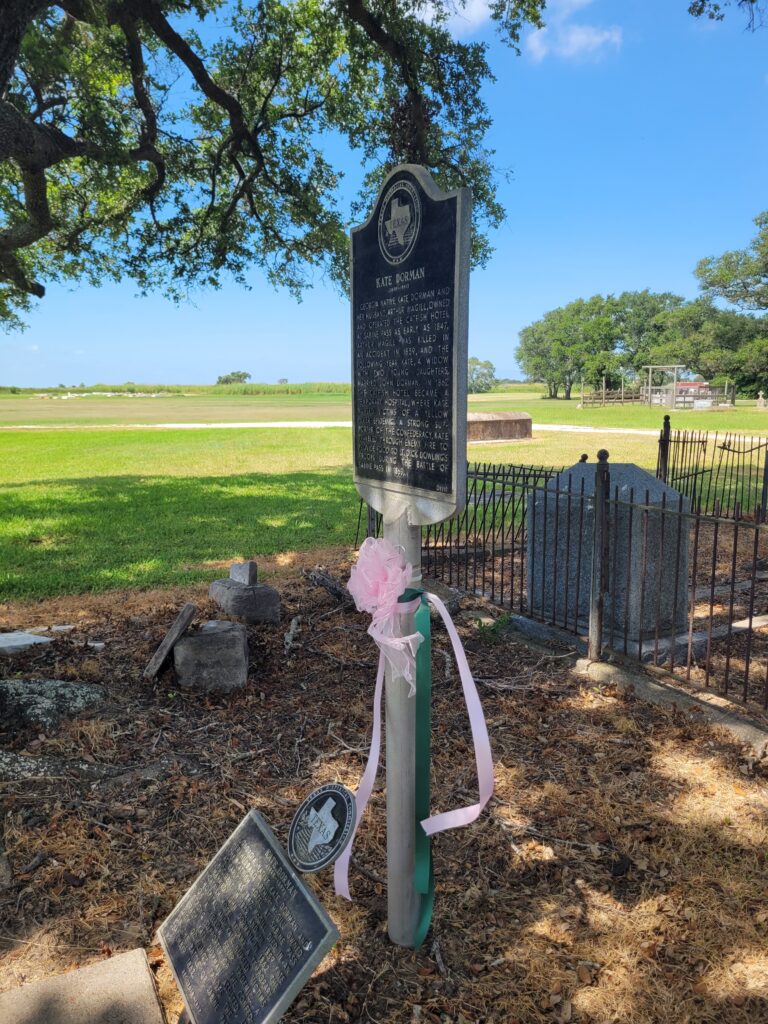
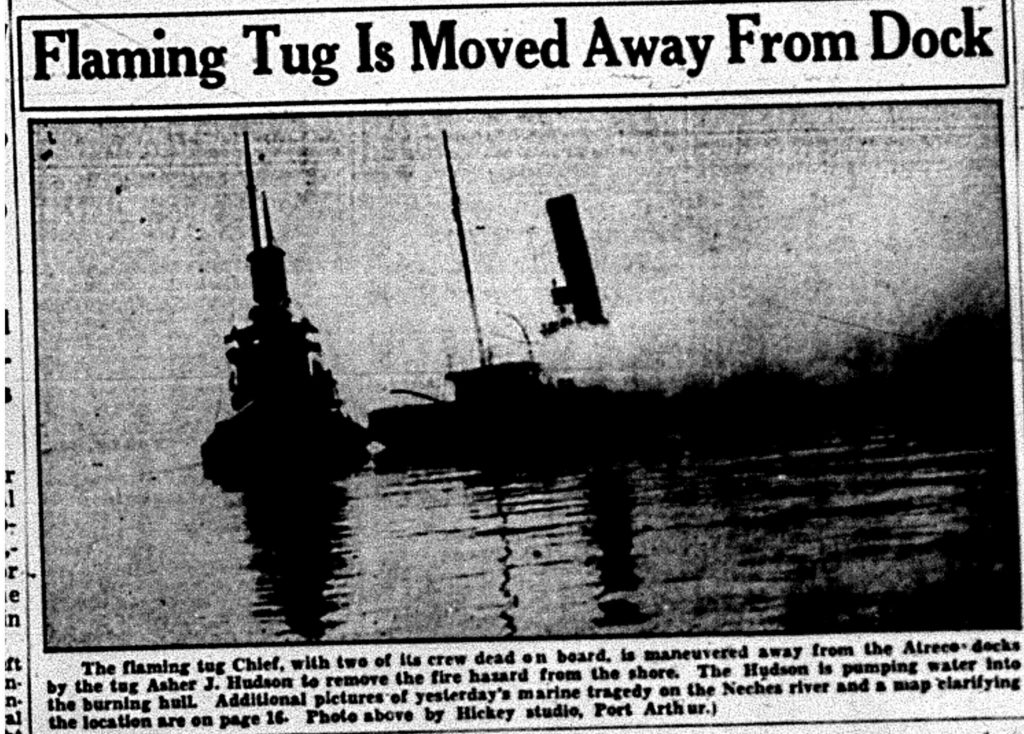
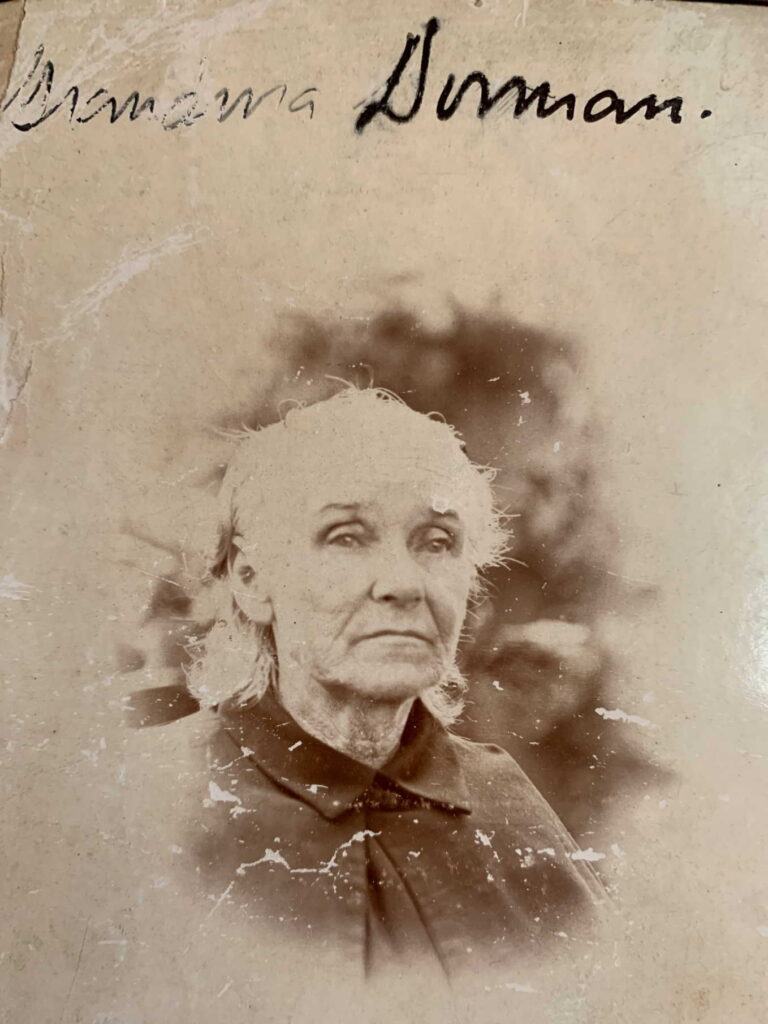
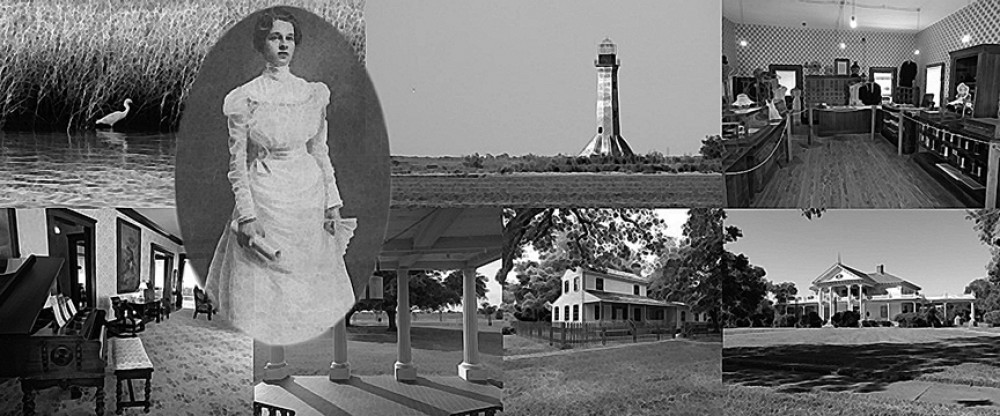
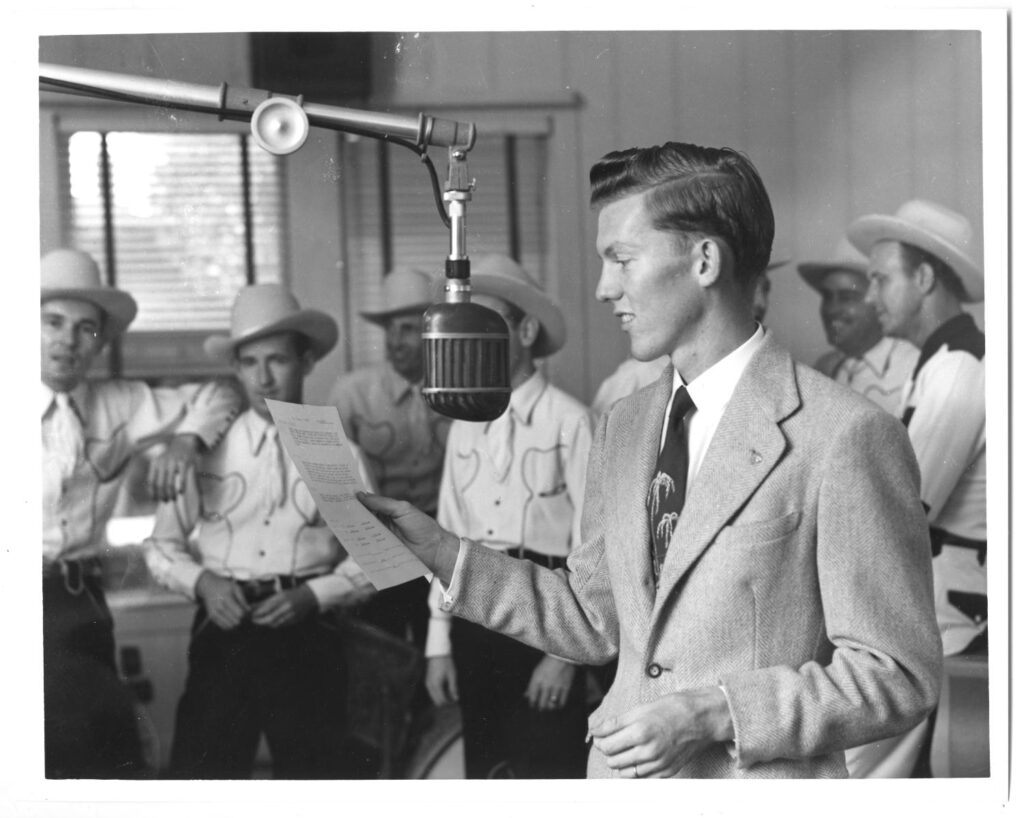
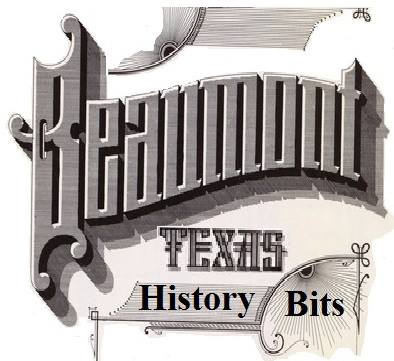
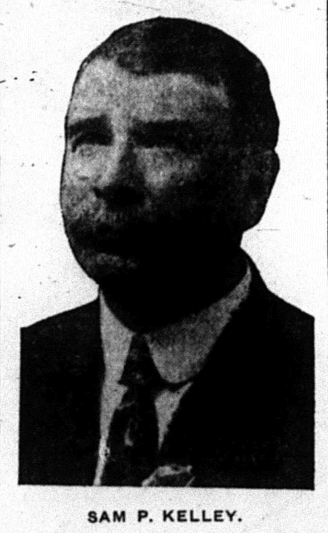
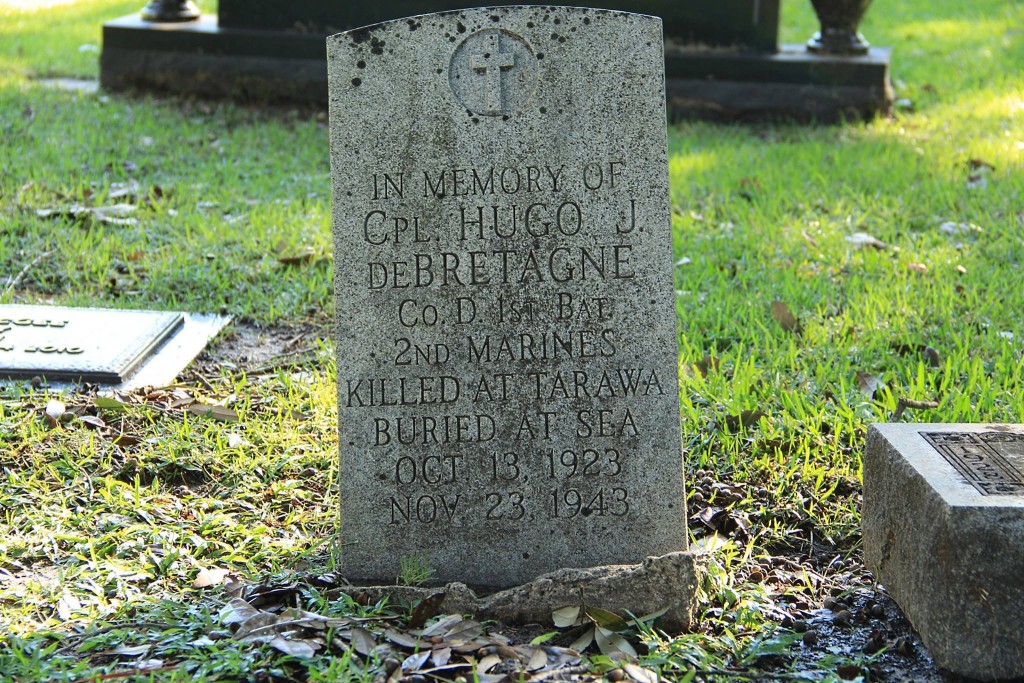
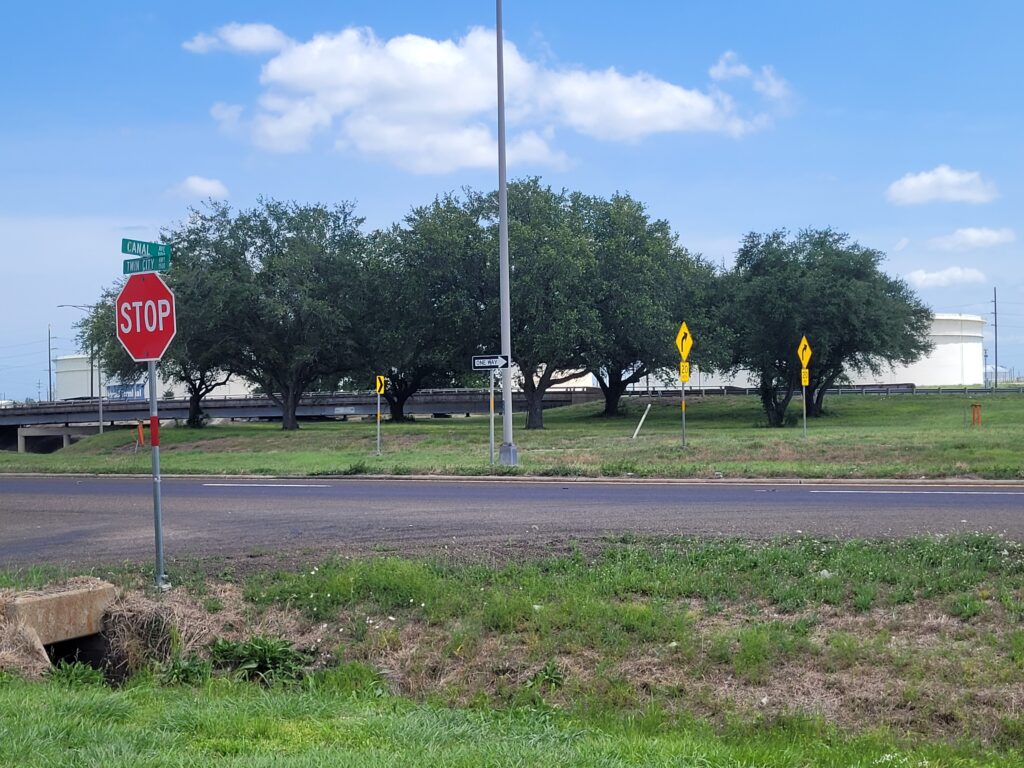
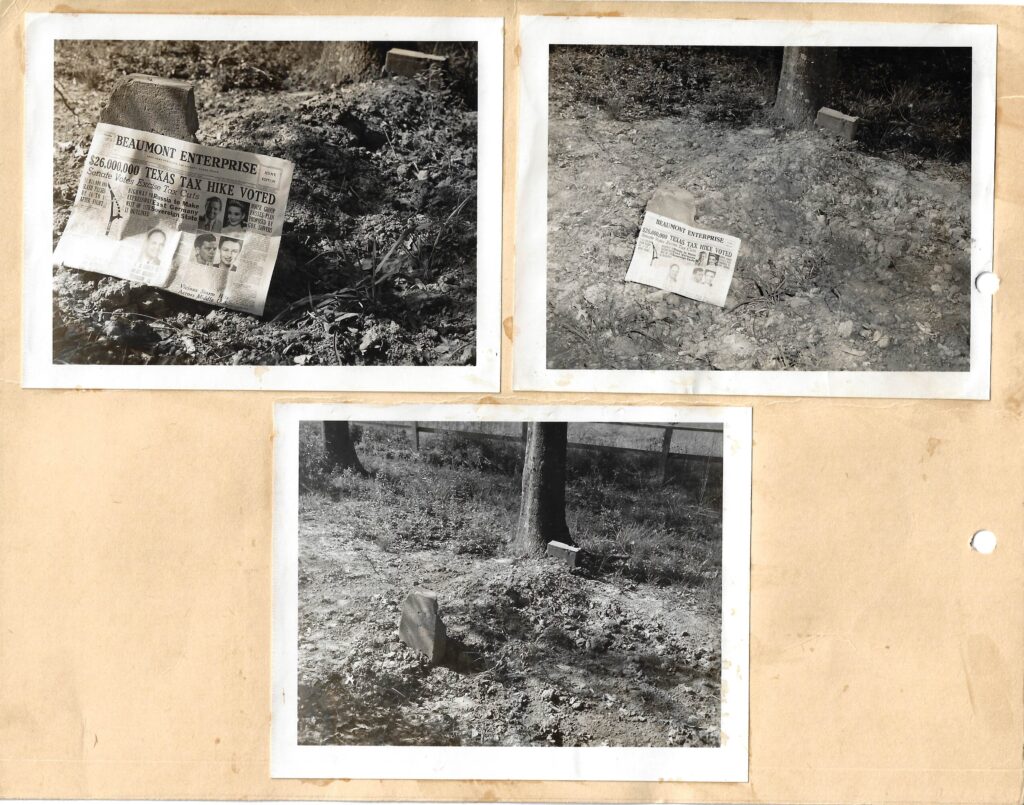
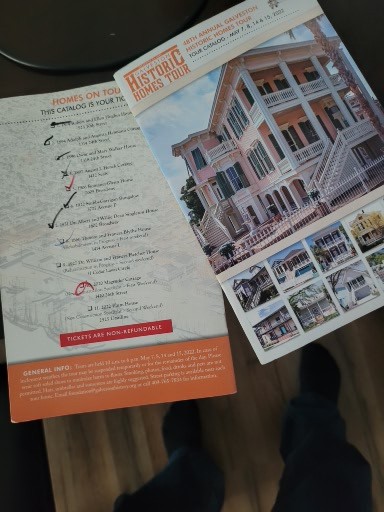
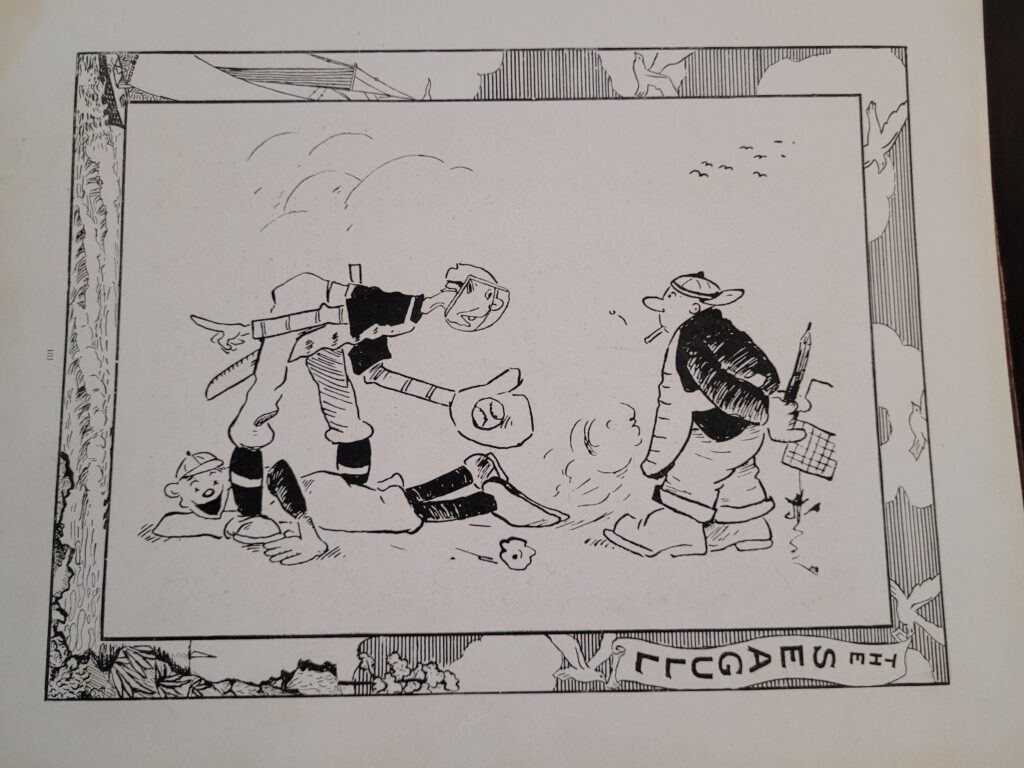
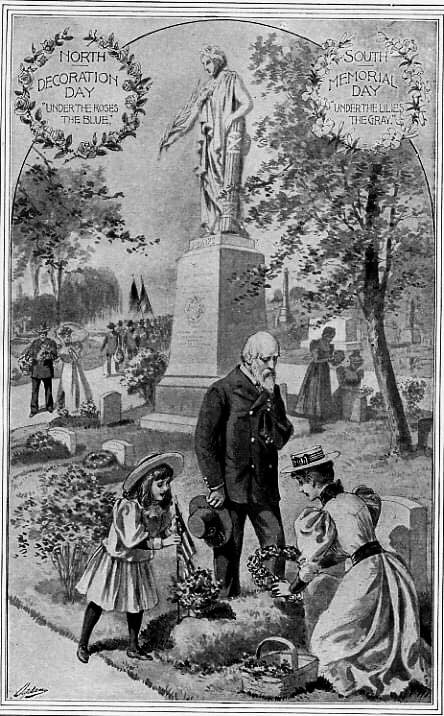
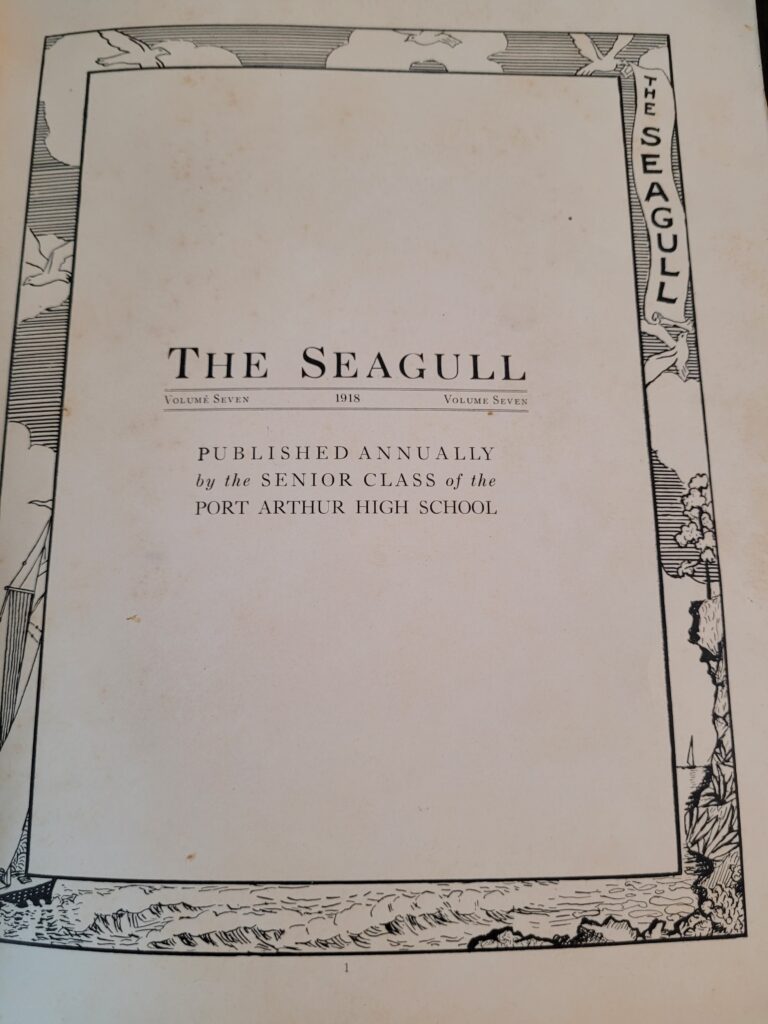
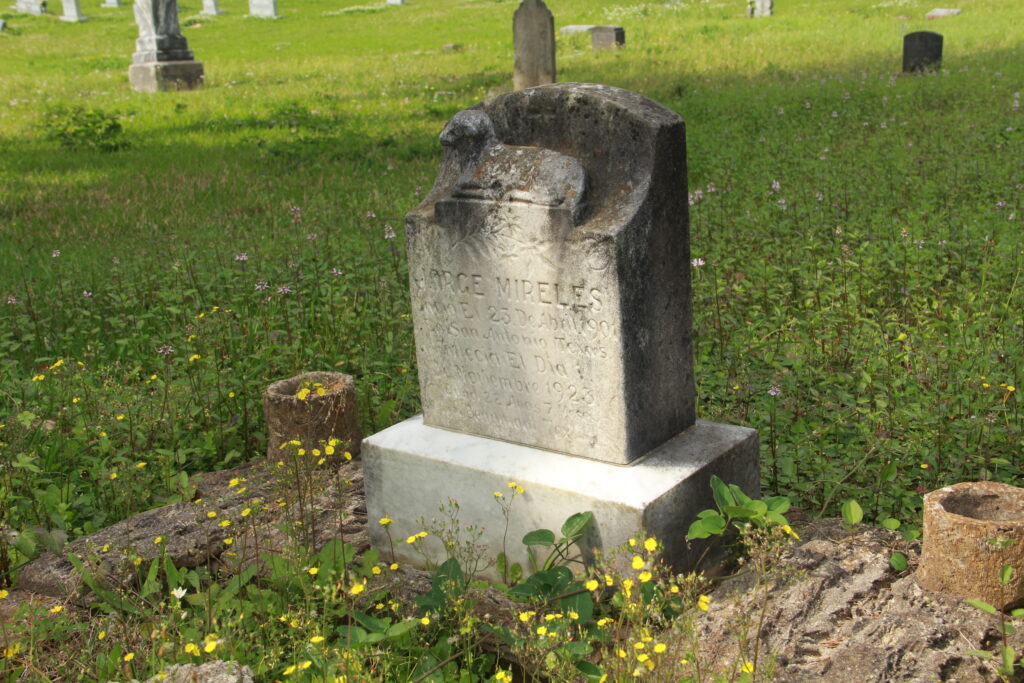
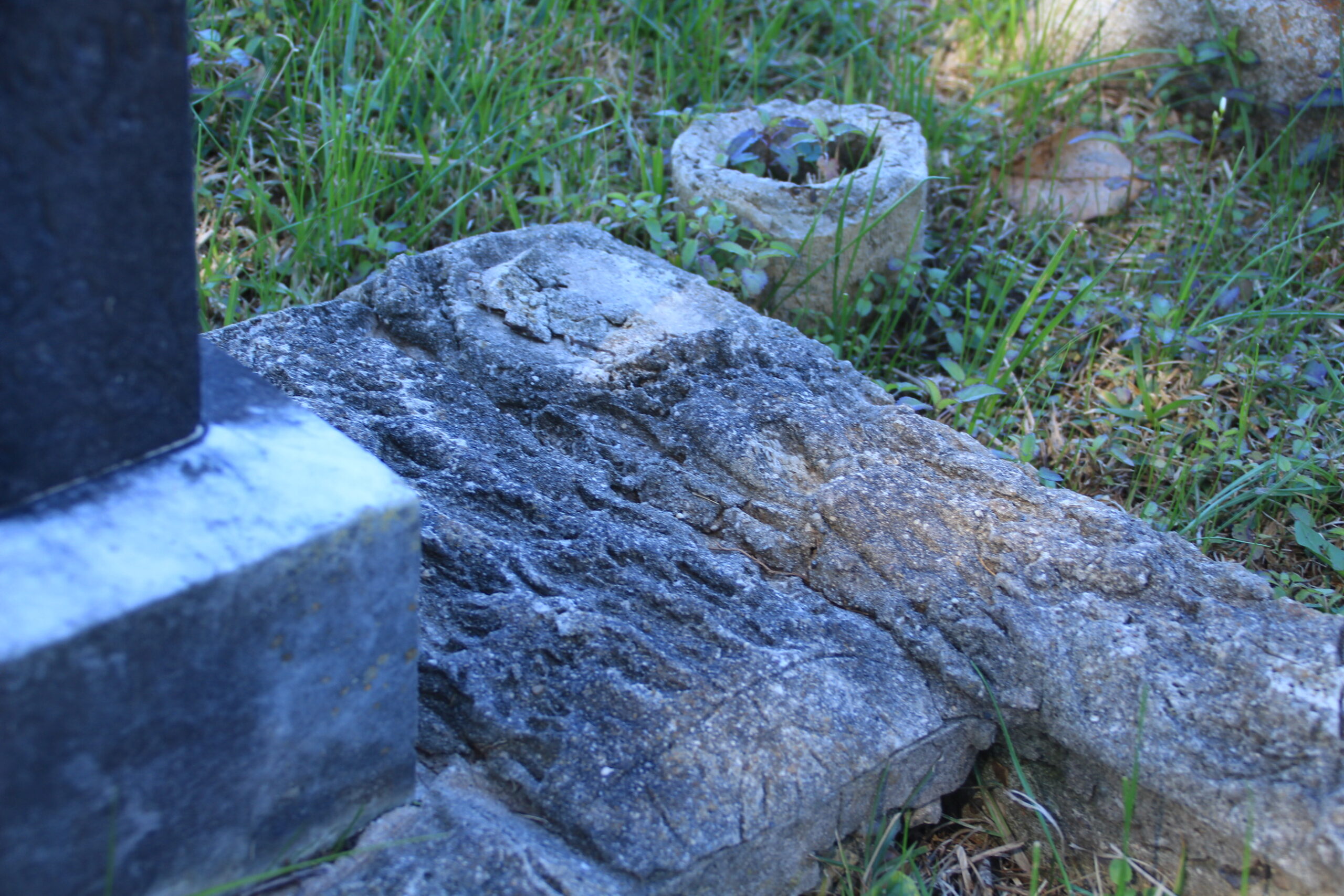
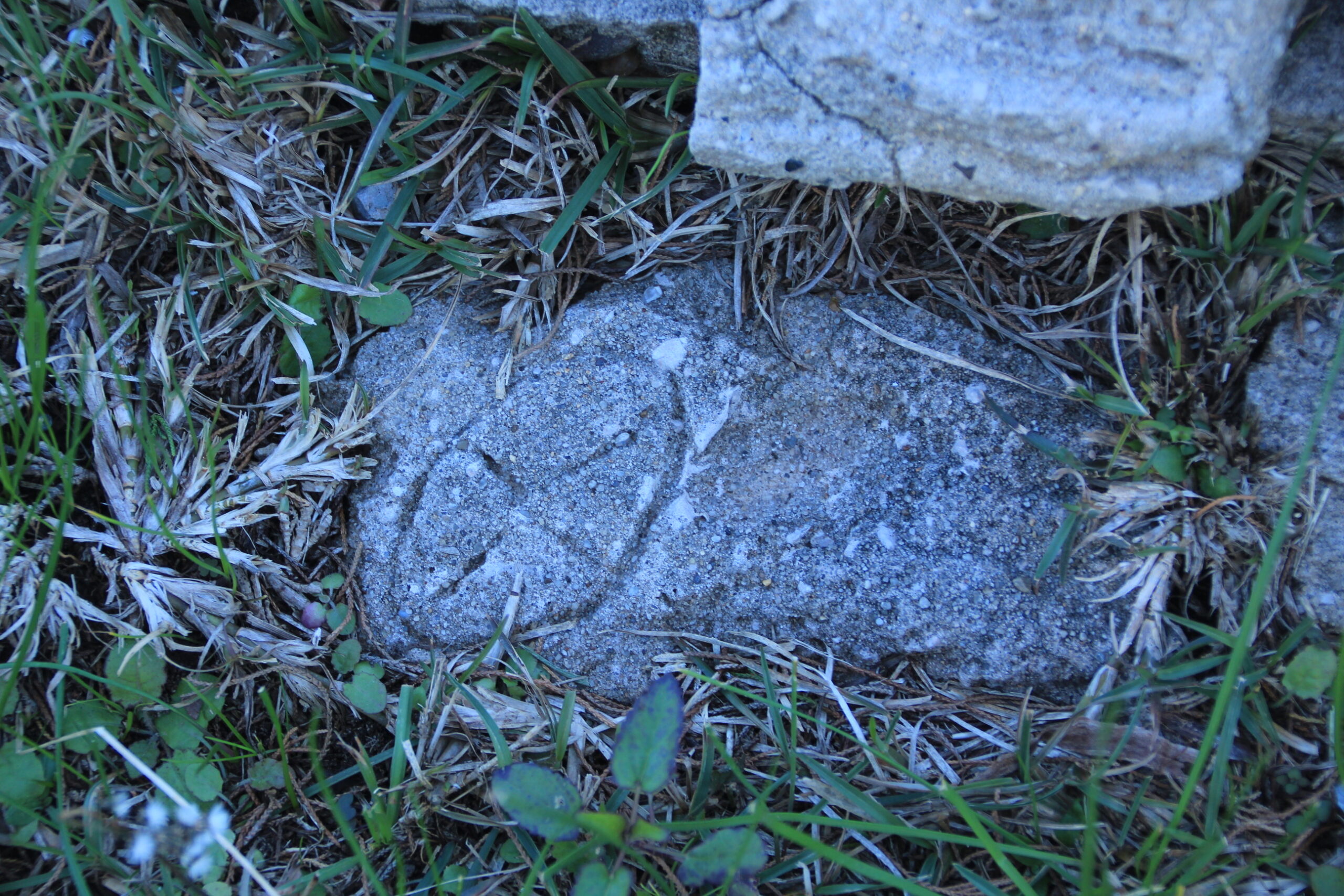
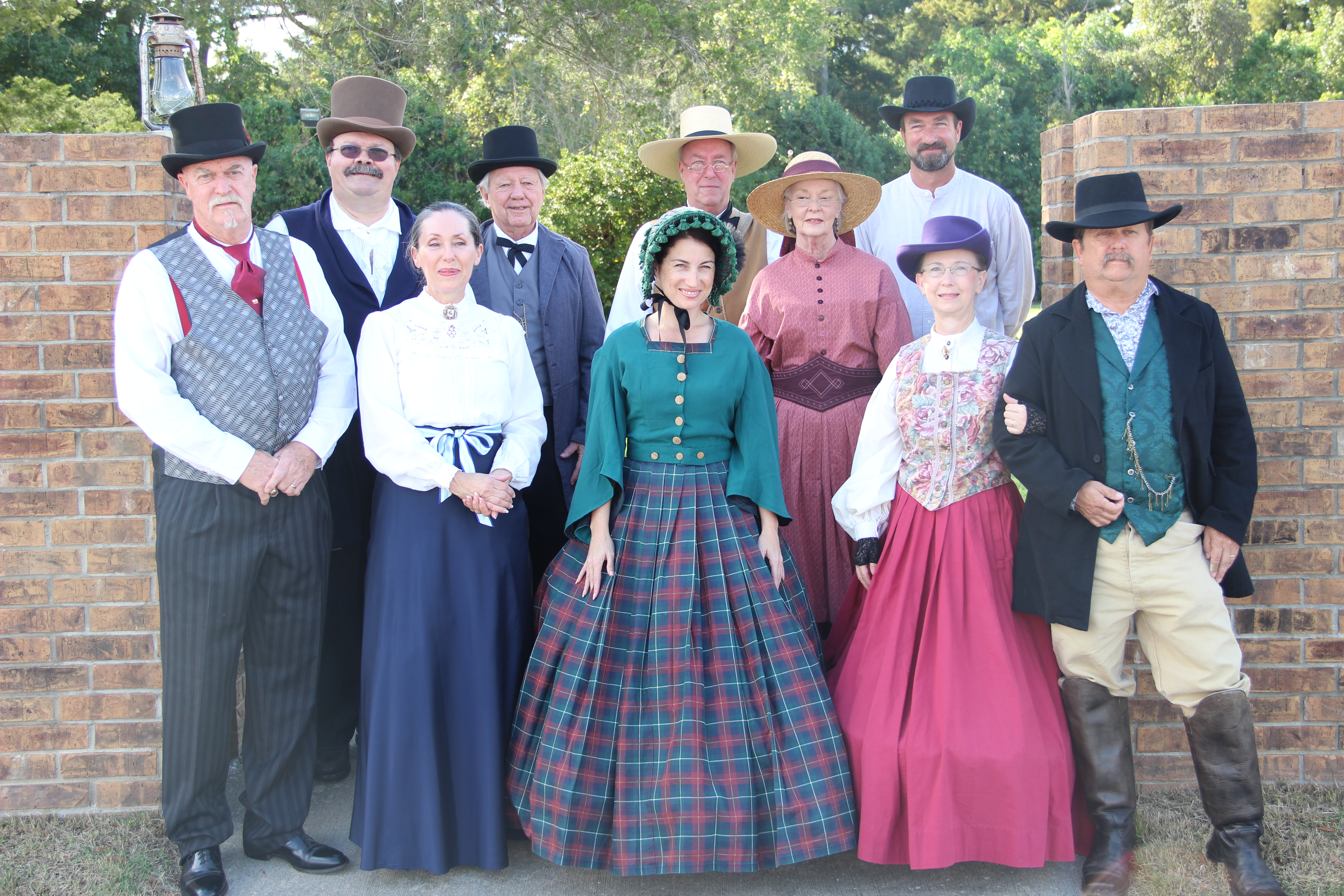
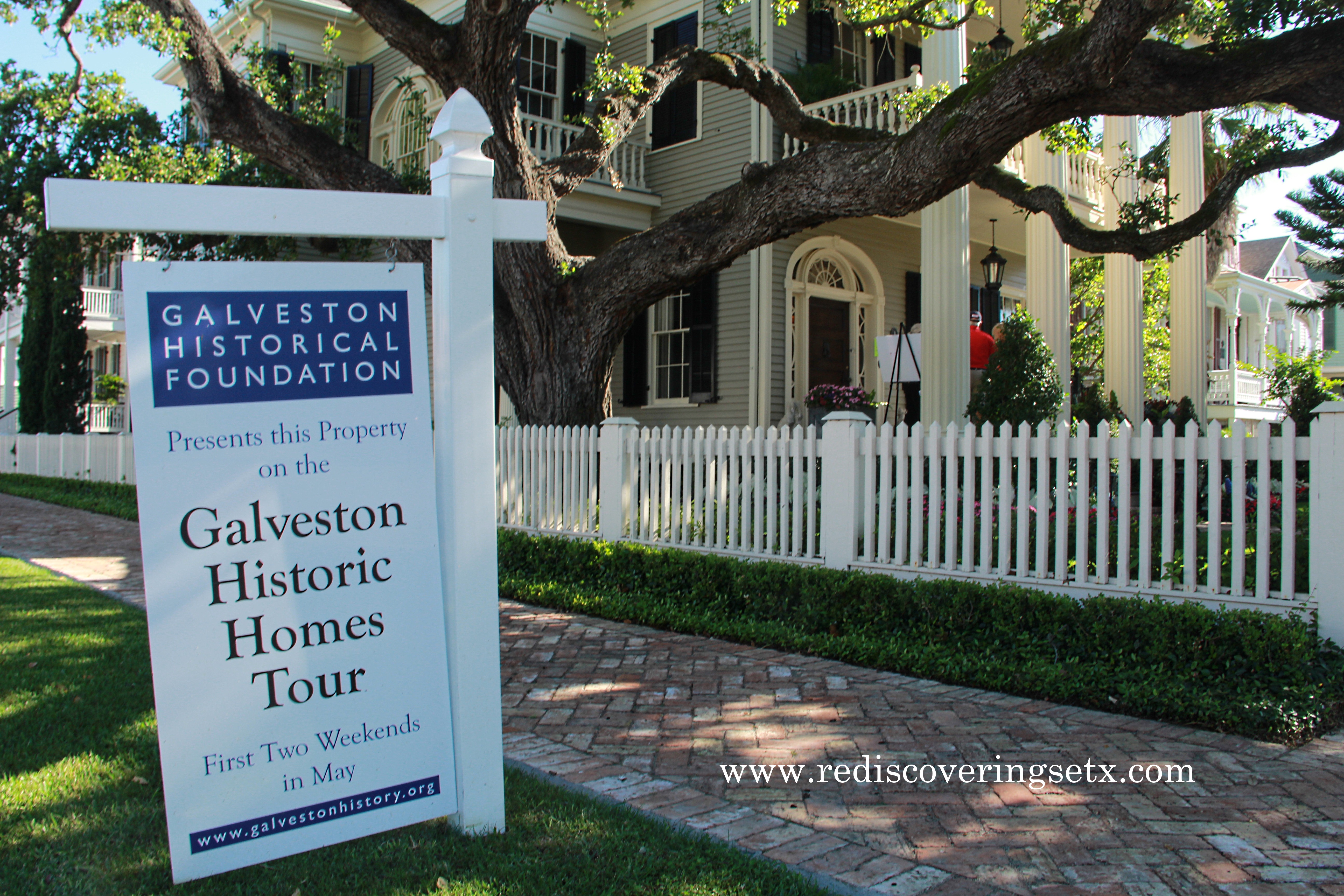 Getting back to the topic of volunteering, it’s no secret that I love the
Getting back to the topic of volunteering, it’s no secret that I love the 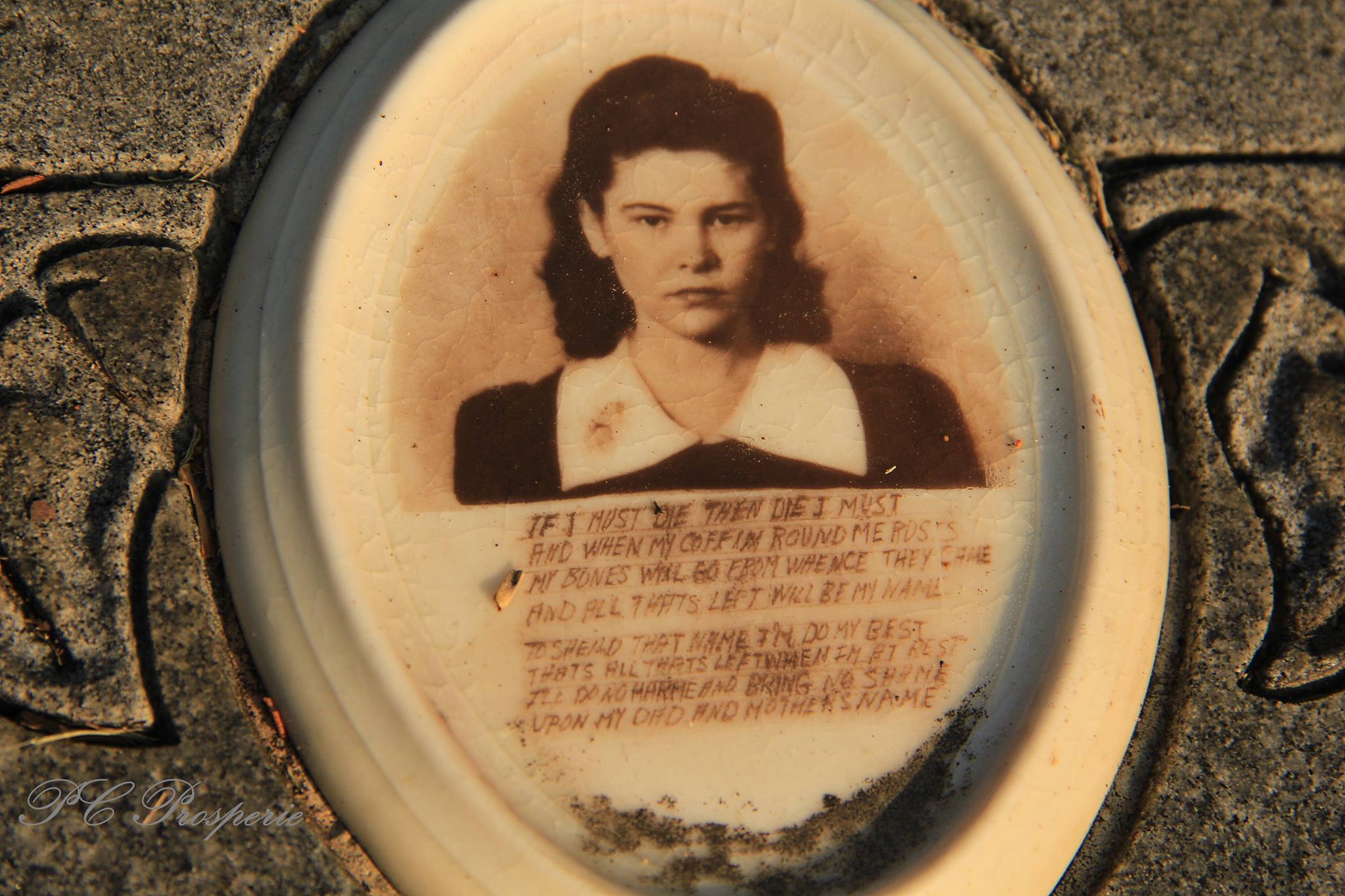 For weeks, I researched the origins of
For weeks, I researched the origins of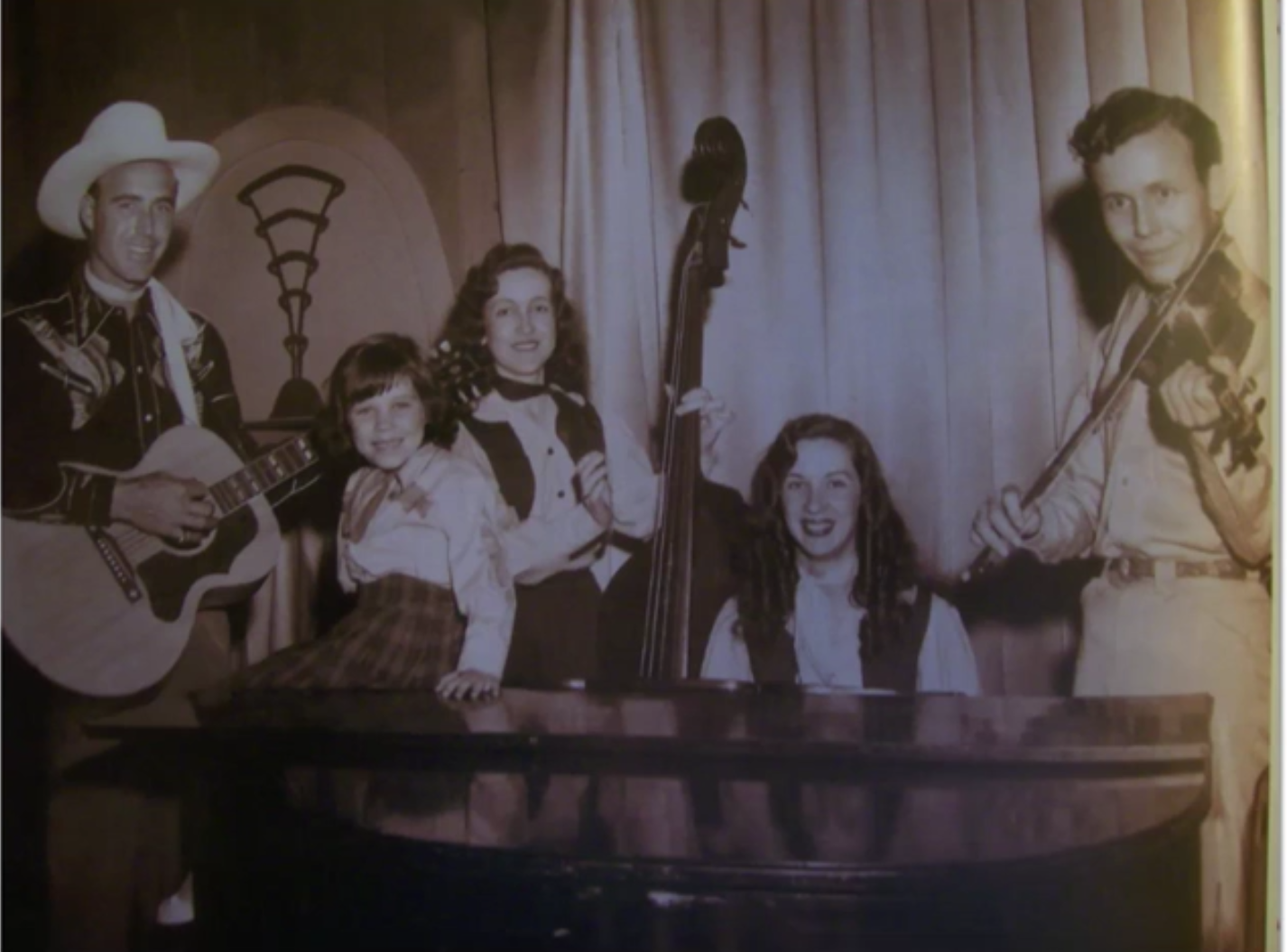
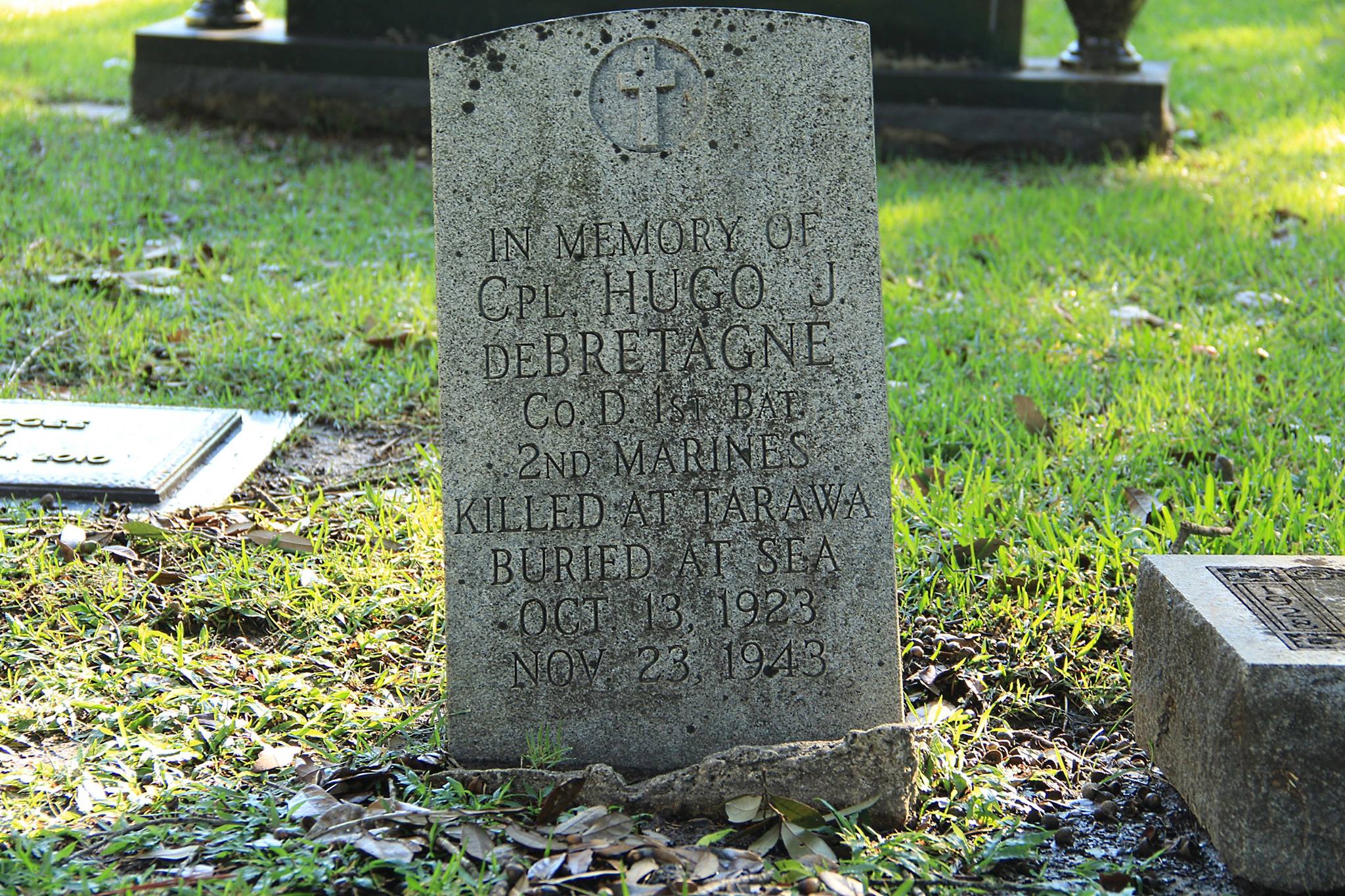 In memory of Hugo J. DeBretagne, CO D 1st Bat. 2nd Marines Killed at Tarawa Buried at sea. Oct. 13, 1923 – Nov. 23, 1943
In memory of Hugo J. DeBretagne, CO D 1st Bat. 2nd Marines Killed at Tarawa Buried at sea. Oct. 13, 1923 – Nov. 23, 1943  World War II—and especially the Pacific War—has been my greatest research project. You could say that the movie Tora Tora Tora has a lot to do with that. Still, there’re no words to describe the feeling of being a kid and seeing a formation of T-6 Texans modified to look like Japanese Zeros flying over Nederland, Texas, headed for Jefferson County Airport to participate in the Confederate Airshow.
World War II—and especially the Pacific War—has been my greatest research project. You could say that the movie Tora Tora Tora has a lot to do with that. Still, there’re no words to describe the feeling of being a kid and seeing a formation of T-6 Texans modified to look like Japanese Zeros flying over Nederland, Texas, headed for Jefferson County Airport to participate in the Confederate Airshow. 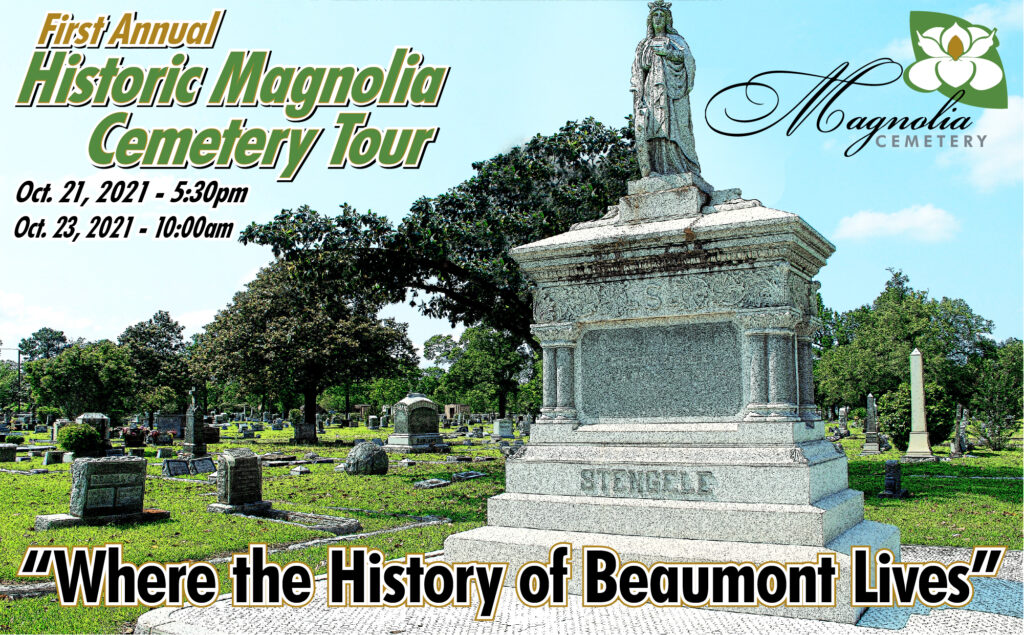
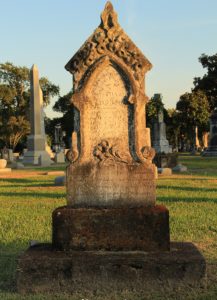
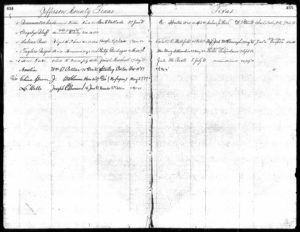
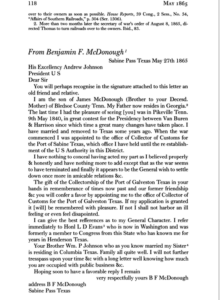
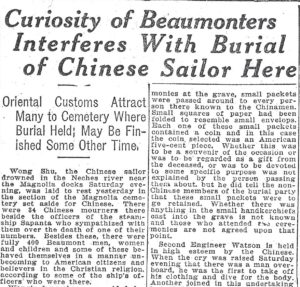
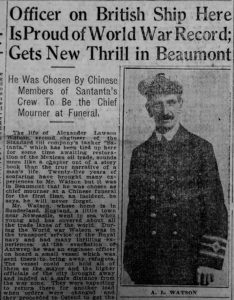
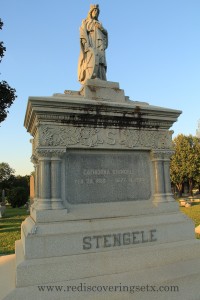
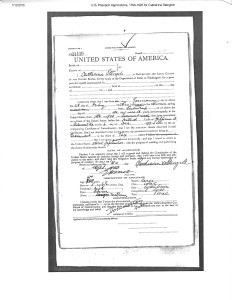
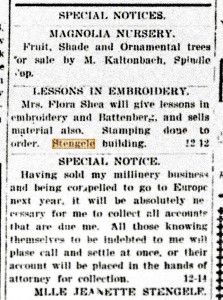
You must be logged in to post a comment.